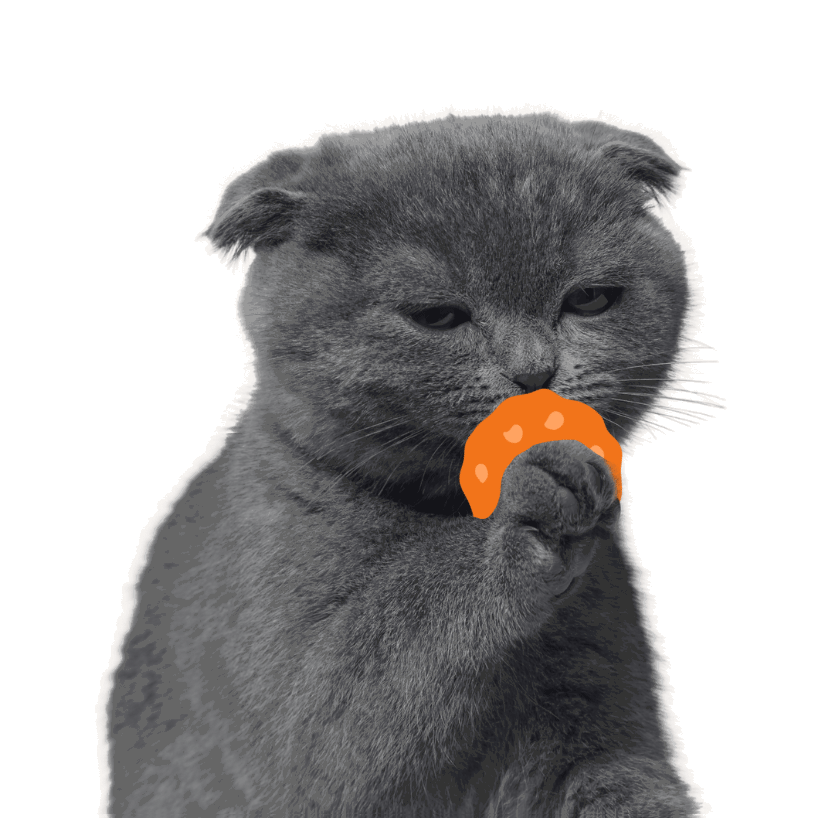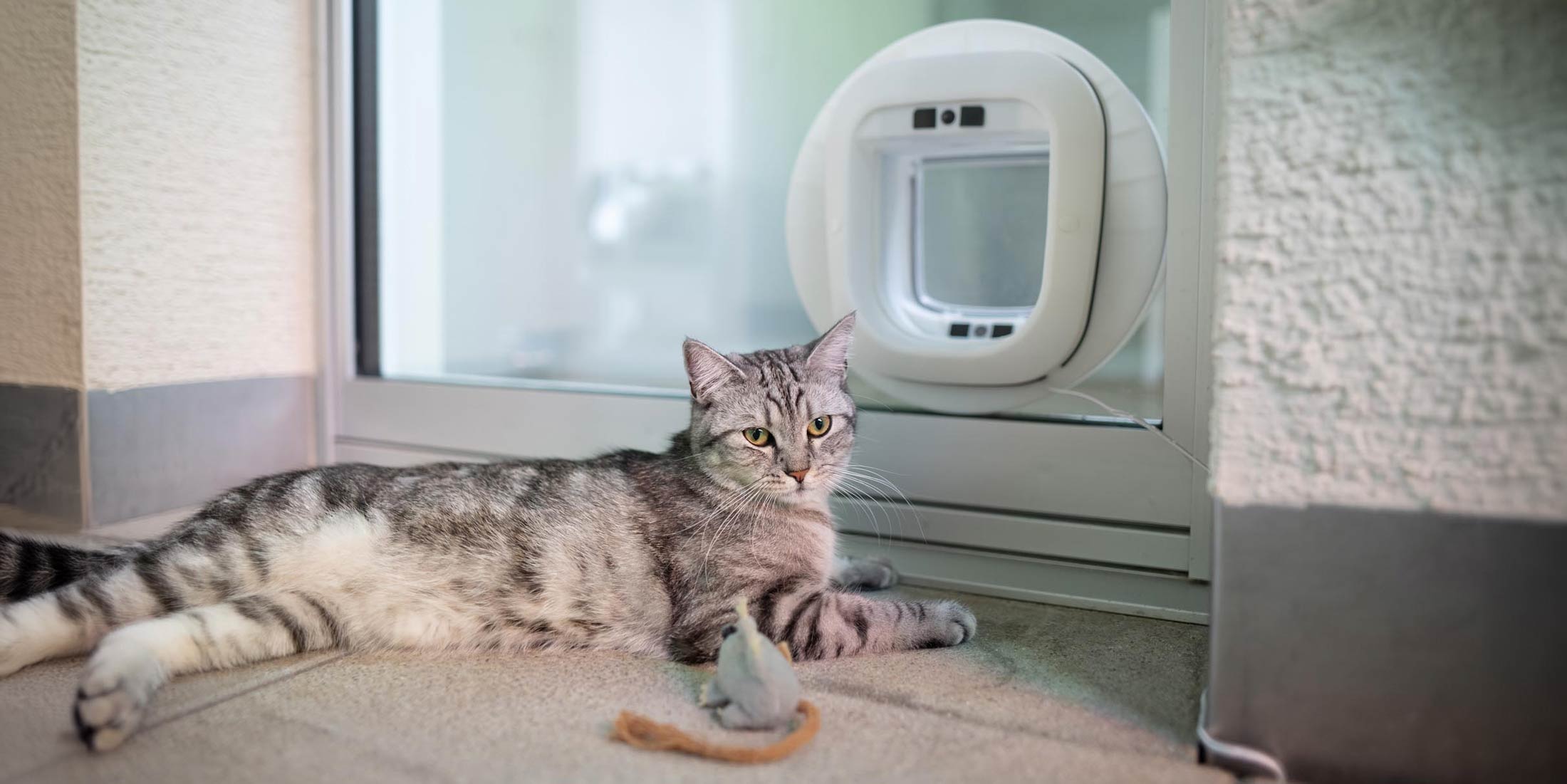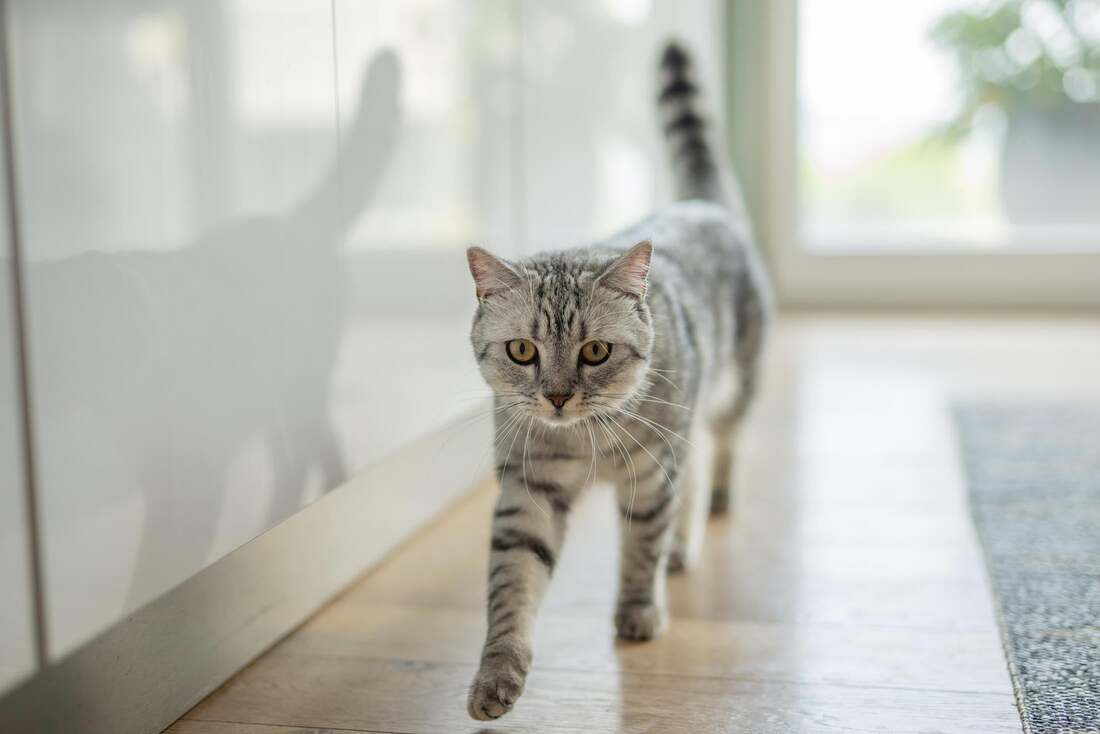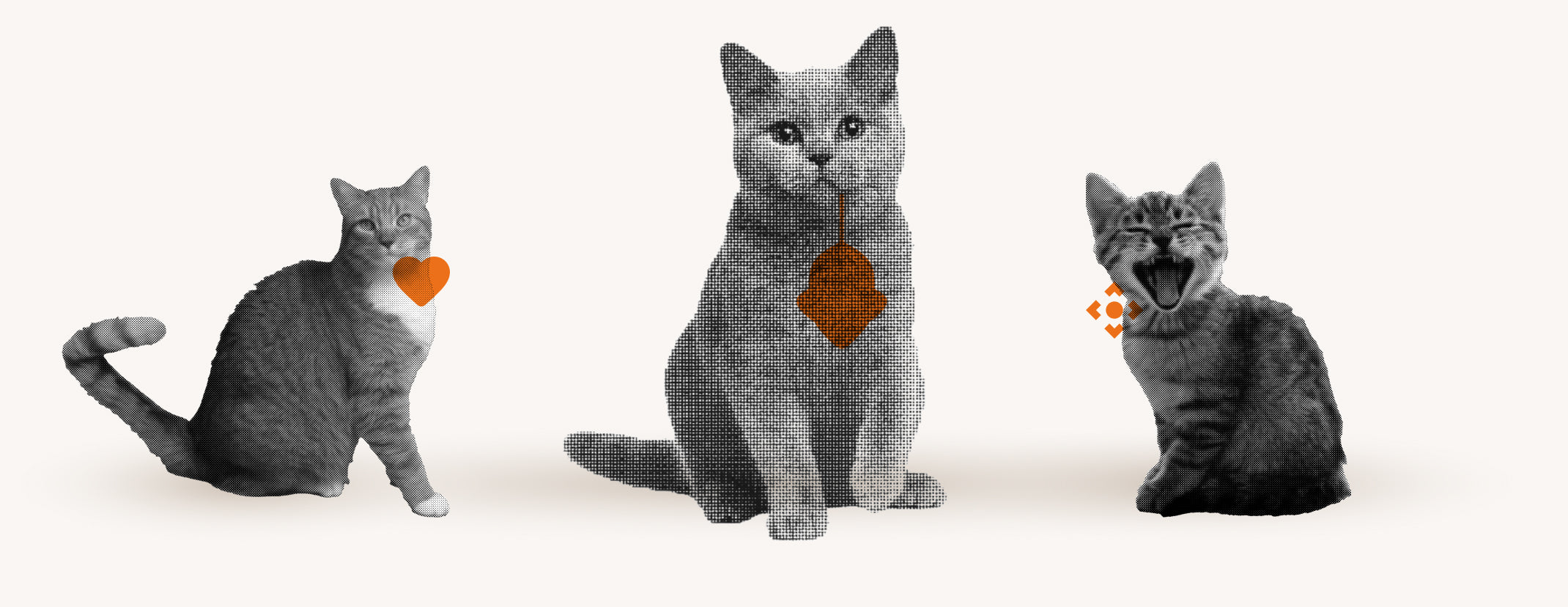Have you ever thought about punishing your cat with water? It seems like a simple solution, but often it is not the best method. In fact, punishing with water can do more harm than good, as it causes stress and can affect your cat's trust in you.
In this article, you will learn why water is not a suitable punishment for cats and what positive training methods you can use instead.
The practice of punishing cats with water

Punishing cats with water, whether through a water gun or spray bottle, is a common method. Many cat owners resort to it because they believe it is a direct and clear way of showing the cat that its behavior is undesirable. The idea behind it is simple: the cat does something you don't want it to do and immediately gets a spray of water, which is supposed to deter it from doing it again.
The assumption behind this practice is that cats will understand the connection between their behavior and the punishment. The goal is for the cat to associate the unwanted behavior with the unpleasant feeling of wetness and avoid it in the future. But this assumption is problematic because cats do not think like humans and do not necessarily associate the punishment with the behavior we want to correct.
There are several reasons why cat owners resort to water as a means of punishment:
- It is a quick and easy reaction.
- It does not cause any obvious pain to the cat.
- It requires no preparation or special equipment other than a water gun or spray bottle.
- Many believe that it is more effective than verbal commands or physical measures.
However, the use of water is not without problems. Cats can misunderstand the punishment and develop a fear of the water, the owner or the environment in which they were punished. This can lead to further behavioral problems, such as fear or aggression. In addition, water punishment does not offer a solution or alternative, it only interrupts the behavior in the moment.
The practice of punishing cats with water reflects a desire for quick fixes, but it ignores the complex reasons behind cats' behavior. Instead of punishing, cat owners should try to better understand their cats' behavior and use positive reinforcement methods, which we will discuss in later sections of this article.
Why Punishment with Water Can Harm Cats

Many cat owners are unaware that water punishment can have long-term negative consequences for their cat. It's not just that cats don't like water in general, but also the psychological effects that such punishments can have.
When a cat is splashed with water, they often don't understand why. Instead, they feel threatened and stressed . Stress in cats can lead to a variety of behavioral problems, including:
- uncleanliness
- aggression
- hiding and retreat
One of the most serious effects is the loss of trust in the owner. Cats are very sensitive animals that need a safe and familiar environment. If this trust is broken by punishment with water, it can permanently damage the relationship between cat and human.
In addition, punishment with water can cause cats to display undesirable behavior in the absence of the owner . They associate the negative experience not with the behavior, but with the person who punishes them.
It is also important to remember that water punishment does not provide an alternative or solution. The cat does not learn what to do instead. Positive reinforcement , on the other hand, teaches the cat desired behavior by rewarding good behavior.
In conclusion, punishment with water is not only ineffective , but can also be detrimental to the cat's well-being. It is much more effective and humane to solve behavioral problems with understanding and positive methods, which we will look at in more detail in the next section.
Alternatives to the water pistol: Positive parenting methods

Instead of resorting to water punishment, there are effective and friendly ways to control your cat's behavior. Positive training methods rely on rewards and positive feedback to encourage desired behavior.
Positive reinforcement is a method that involves immediately rewarding good behavior. This can be done with treats, toys or petting. The reward should always be given immediately after the desired behavior so that the cat understands it.
Here are some examples of positive reinforcement:
- Give your cat a treat when he uses the litter box.
- Play with her after she has sharpened her claws on the scratching post.
- Pay attention to her when she sits quietly next to you.
Another approach is clicker training , a method that involves using a special sound (the clicker) immediately after the desired behavior, followed by a reward. This helps the cat associate the sound with something positive.
Ignoring is also an effective technique, especially for attention-seeking behaviors. If you do not respond to undesirable behaviors such as excessive meowing, the cat will learn that this behavior does not elicit the desired response.
It's important to be consistent . Your cat needs a clear and reliable response to his behavior. If you reward a behavior sometimes and then punish it again, it will only cause confusion.
Finally, it is crucial that you consider your cat's individual preferences . Not every cat likes the same rewards, so find out what your cat values most and use this to encourage positive behavior.
From the cat's perspective: Understanding water as punishment
Cats perceive punishment differently than humans. If you spray your cat with water, he won't understand that his behavior is the reason for it. He will feel surprised and threatened , which can lead to stress and anxiety.
Imagine you are doing something completely normal and suddenly you are splashed with water. You would not know why and would probably be frightened. It is the same for cats: water as a punishment is just a shocking experience for them with no clear connection to their behavior.
Cats learn much better through positive reinforcement. When they are punished with water, we are not offering them an alternative of what to do instead. Here are a few reasons why water doesn't work:
- There is no clear connection between the behavior and the punishment.
- The cat may be afraid of the water or the owner.
- It does not promote alternative, desired behavior.
It is important that we show empathy and try to understand the world from our cats' point of view. Positive interactions strengthen bonding and trust, while punishments such as water can have the opposite effect.
In short, using water as punishment can cause your cat to see you as a threat rather than a protector. Rewards and positive feedback are key to teaching your cat behavior in a way that strengthens your relationship rather than weakens it .
Flappie: An innovative solution for cat training
Flappie offers a humane and effective alternative to traditional cat training. Instead of using punishments such as water, Flappie uses modern technology to positively influence cat behavior. With the intelligent cat flap and the associated app, cat owners can control their cats' behavior without having to resort to deterrent measures. The cat flap prevents cats from bringing home prey, which is stress-free for both the cat and the owner.
The Flappie app offers various features that enrich the lives of cats and owners:
- Push notifications when the cat tries to come home with prey
- Videos and photos of the cat that provide fun for the family
- Statistics and insights into the cat's hunting behavior These features allow cat owners to better understand and support their pets without relying on punishment. Flappie shows that technology and understanding of animal behavior can enable positive training .
Frequently Asked Questions
Can you train cats with water?
No, water training cats is not effective and can do more harm than good. It can cause stress, affect the cat's confidence and lead to further behavioral problems. Instead, it is better to use positive training methods, such as rewards and positive feedback for desired behavior.
Should you spray cats with water?
No, cats should not be sprayed with water as this can cause stress and a loss of trust. It is not an effective method of training cats and can damage the relationship between cat and human. Positive reinforcement and understanding the cat's behavior are better approaches.
How do I show my cat what she is not allowed to do?
Instead of resorting to punishment, use positive reinforcement and rewards for good behavior. You can also offer your cat alternatives, such as rewarding her with a treat when she uses the litter box or playing with her after she has sharpened her claws on the scratching post. Consistency is very important, and you should take your cat's individual preferences into account.
Which water pistol against cats?
Using a water gun against cats is not recommended as it is not effective and can affect the cat's wellbeing. There is no specific water gun suitable for cat training. Instead, humane and effective alternatives such as positive reinforcement and modern technology such as the Flappie smart cat flap should be used.




Share:
How to teach your cat tricks in a fun way
Cat litter for toilet: Proper disposal and tips